Hindsight is 1920: Sea Isle 100 Years Ago
The view of the beach with the Women’s Civic Center in the middle and the Excursion House on the right.
One hundred years ago, Sea Isle City was one of the most popular and fastest-growing vacation resorts on the Atlantic Coast. It was also a time of great prosperity and economic growth in America.
In 1920, Woodrow Wilson was president; Prohibition went into effect, banning the sale, production and consumption of alcohol; and women gained the right to vote. Women, however, were still required to wear heavy one-piece bathing suits on the beach, covering the most flesh possible.
The Roaring Twenties commenced with droves of vacationers from Philadelphia, lured by glowing newspaper accounts of Sea Isle’s charms, arriving via the West Jersey and Seashore Railroad and the Atlantic City (Reading) Railway after a 90-minute trip. Trolley and train connections could be made from Atlantic City and other Jersey Shore towns, while the new-fangled automobile was also making an appearance.
“Few locations present more natural beauties,” an advertorial designed to entice vacationers began in the April 2, 1920 issue of the Cape May County Times. “The eye strained by long devotion to study or desk work or the close environment of city life is relieved by the vistas of sea marsh and sky. The whole body is renewed by the tonic of the sea air and for the time being one lives in the realm of pure nature, unspoiled by the hand of man and the arts of civilization – close to the unaltered handiwork of the Creator.”
And after reading that, who could blame them for wanting to visit?
A day on Sea Isle’s free beach (no tags back then) often led to evening strolls along a nearly 3-mile boardwalk illuminated by a new lighting system, “along which the visitor can walk with the ocean breaking at his very feet,” the same advertorial proclaimed.
Philadelphians escaped the sweltering city streets and enjoyed cool ocean breezes from the porches of grand hotels such as the Continental, Cronecker’s Bellevue, the Tivoli, the Stratford, and the Depot, among others; or from newly built rental cottages that were slowly taking their place.
Fully furnished cottages were renting from $200 to $500 for the 1920 season, which extended from June 1 to Sept. 1. Bathers could even walk from their cottages to the beach in their bathing suits. “In some other resorts, this is forbidden, but Sea Isle City, noted for its democracy, allows the privilege to its cottagers,” the same advertisement said.
Yes, Sea Isle was the summer place to be in 1920. It was also a fast-growing area for its nearly 600 year-round residents, who enjoyed the benefits of a new school, sewage plant, gas plant, and improved road paving.
A major industry in Sea Isle continued to be fishing, whether for sport or business. Hundreds of barrels of fish were often shipped daily from Sea Isle to Philadelphia, New York and other coast towns, with residents “meeting the boats as they came in from the fishing banks to buy the choicest fish (often still alive) from 10 to 15 cents per pound,” it was reported in the Cape May County Times.
Irving Fitch, at the time thought to be the youngest mayor in the state, won the office in the 1920 election by 28 votes over Maurice Sofroney. Both Fitch and Sofroney, who would finally be elected mayor in 1925, were charter members of the Sea Isle City Rotary Club.
Fitch was described in an April 1920 advertorial as being “progressive, and possessed of the pushing, dominating personality that spells progress. He is also the proprietor of the resort’s drug store.”
But the decade had an inauspicious beginning for the shore resort, long before the first vacationers splashed in the sea.
On Feb. 5, 1920, a nor’easter caused heavy flooding and damage to Sea Isle. The schooner barge George R. Skolfield broke free from its tow in heavy seas and drifted until washing ashore near 25th Street (the top part of her mast is used today as the flagpole at the Sea Isle City Historical Museum). Lifesavers were successful in rescuing her four crewmen.
The storm dropped 9 inches of rain in 24 hours and washed out the railroad bed to the mainland, with travel restricted to rowboats.
The Ocean Pier, which was located between 41st and 42nd streets, had to be reconstructed after suffering severe storm damage, with the band pavilion reduced to kindling wood and all bulkheads either badly damaged or demolished entirely. Plate glass windows on several storefronts were blown in by high winds. The Boy Scouts of St. Joseph Church were employed to clean up storm debris throughout the town.
A week later, Mayor Fitch placed a notice in the local paper that read: “To the Taxpayers of Sea Isle City: In view of the damage caused by the recent storm, it is deemed essential that all taxpayers attend a public meeting … to discuss means of a better protection on our oceanfront.”
Fitch and the Sea Isle City commissioners believed the only solution was to construct a series of jetties along the entire shoreline, and produced sketches of jetty designs for the public.
The summer season was a good one after the town pulled together to repair the storm damage. Businesses reported healthy sales to vacationers eager to open their pocketbooks. Shoppers could peruse the wares in the American Store, the A&P, Pfeiffer’s Department Store, the Neptune Department Store, and Louis Braca’s Braca Enterprises, among others.
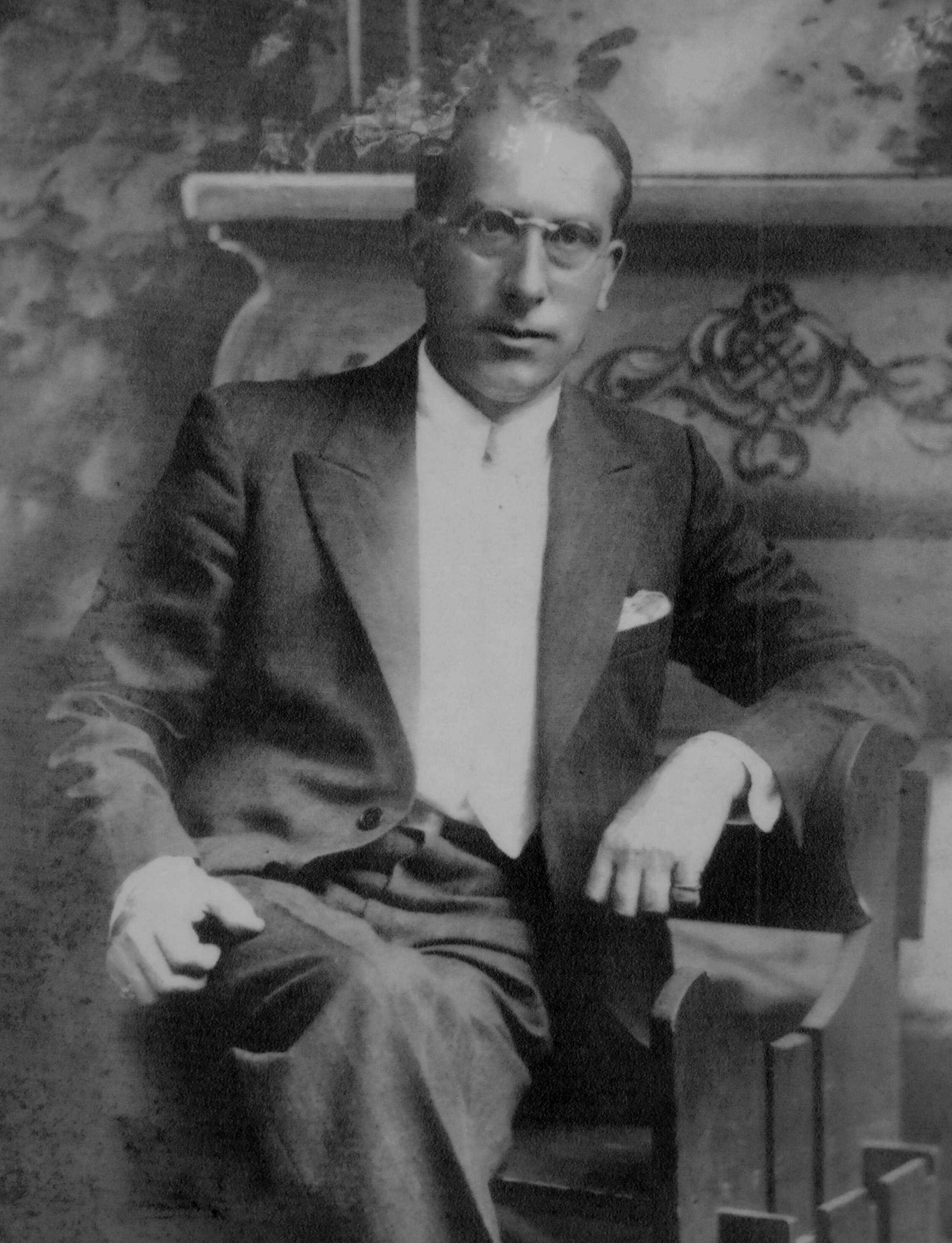
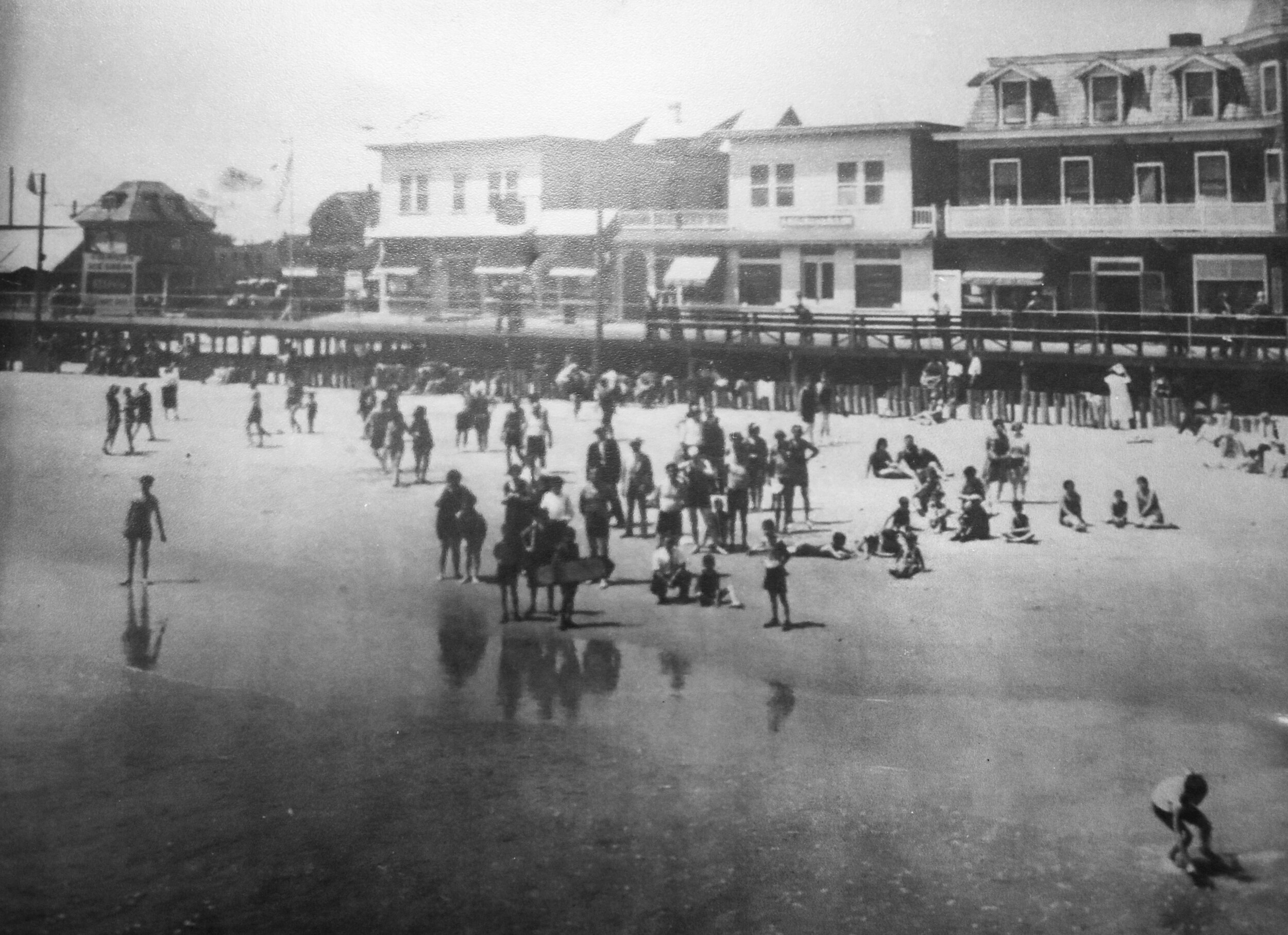
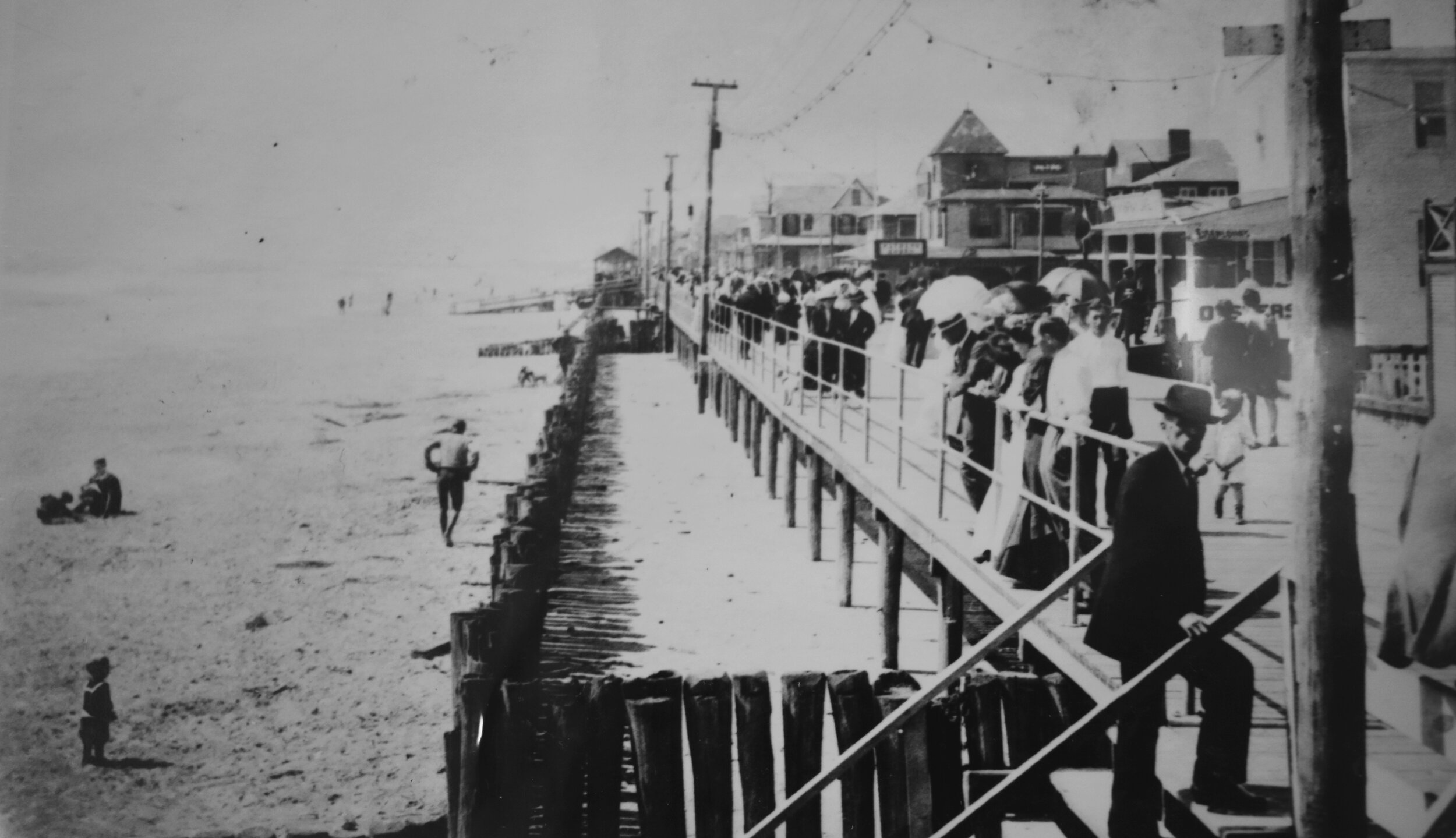
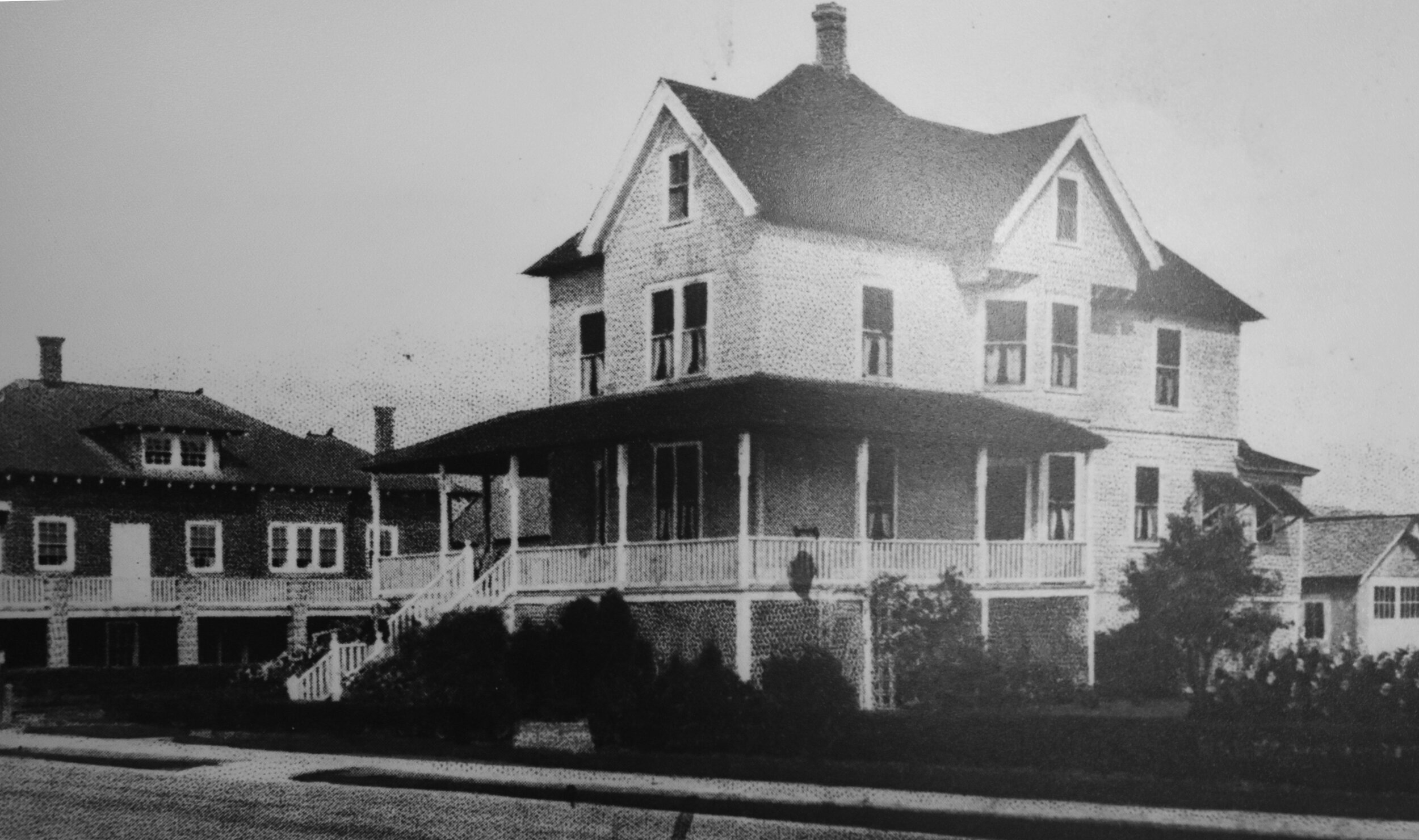
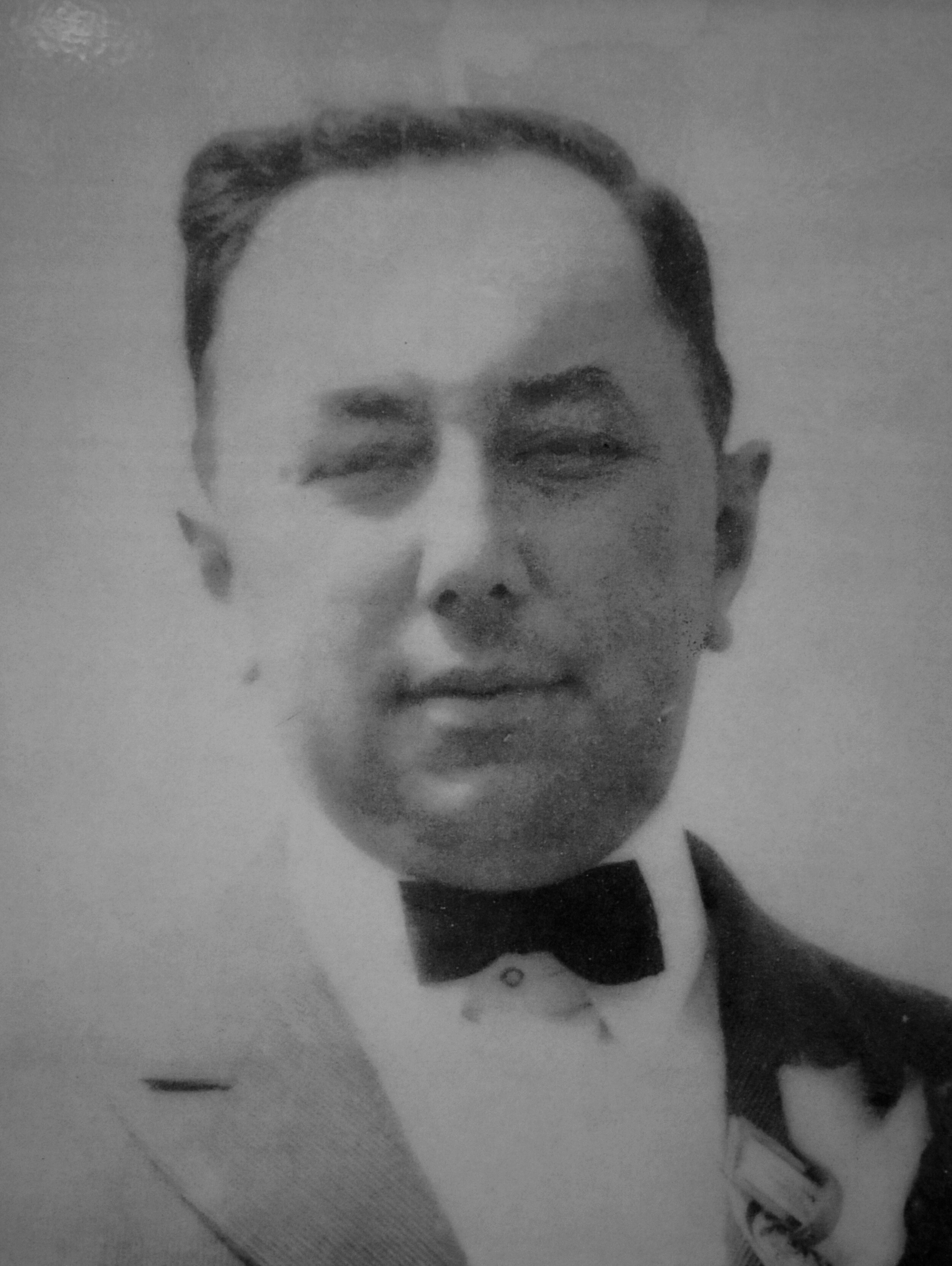
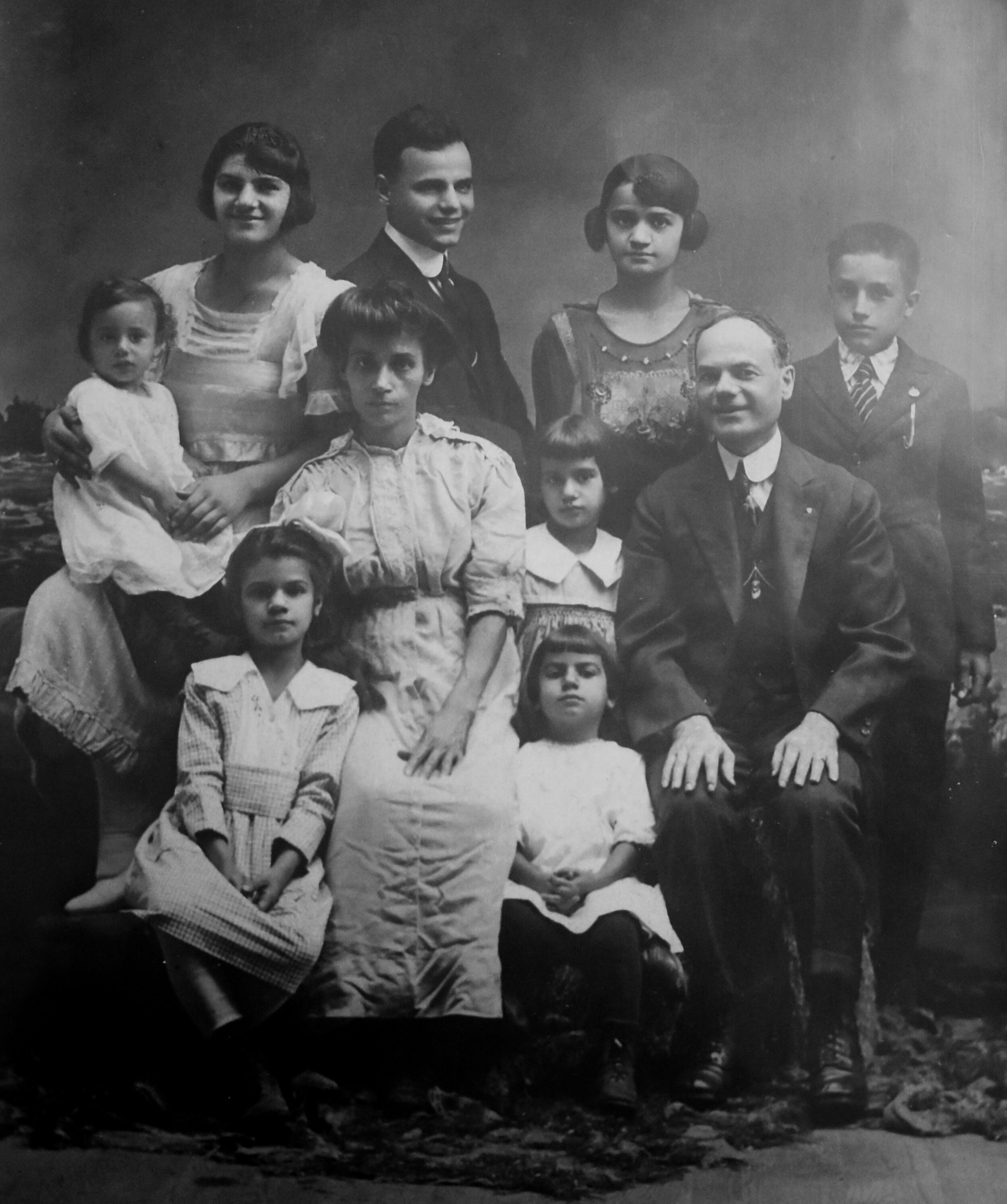
A well-known personality in Sea Isle, Braca’s 42nd birthday celebration was noted in the June 11 issue of the Cape May County Times. “Louis Braca, Sea Isle’s popular tonsorial artist, delicatessen store proprietor, moving picture theatre owner, and pool parlor conductor, celebrated his forty-second birthday receiving congratulations from his host of friends,” the story said.
Anna Pauline Candies sold homemade Gennesee Cream Fudge at its location on the Sea Isle boardwalk, while D. Cini’s Ocean Pier Theater had dancing, fishing, ice cream and two showings nightly of Mary Pickford’s latest release, “Suds,” in late July.
The West Jersey Garage on Landis Avenue offered repair and cleaning of automobiles, as well as the sale of gasoline and oil, and Monroe cars (a short-lived brand) were sold by Clarence S. Mazurie at his auto storage and repair stations at the corner of Landis Avenue and Dolphin Street.
If one wanted to attend church, there were several to choose from, including Messiah Lutheran Church on Landis Avenue, which conducted three Sunday services. Messiah Church was relocated to Ocean View in 2009 after its Landis Avenue building was sold.
The Excursion House on the west side of the boardwalk was always crowded, presenting dances, roller skating, boxing matches, basketball games, and movies in its theater.
The town was abuzz on July 18 when an “aeroplane” skimmed over homes and landed on the beach. Many people thought the plane had experienced engine trouble and rushed to its aid, but in fact it was there to pick up paying passengers to support the Princeton Club. Earlier that day, pilot D. Steele flew from Princeton to Wildwood in a fleet 1 hour, 35 minutes.
Later that month, postmaster Thomas E. Ludlam Jr. resigned after a five-year term, announcing plans to move south to St. Petersburg, Fla.
But perhaps the most celebrated boardwalk event of the season was the annual Baby Parade held by the Women’s Civic Club on Wednesday, Aug. 25.
“Despite a threatening sky, the affair was a brilliant success, one hundred and fifty tots, ranging in age from one to twelve, being in the line that extended for two squares along the walk,” it was reported.
As the 1920 season drew to a close on Labor Day, Sea Isle City settled down for another quiet winter. Building and expansion would continue during the colder months, and throughout the rest of the decade.

